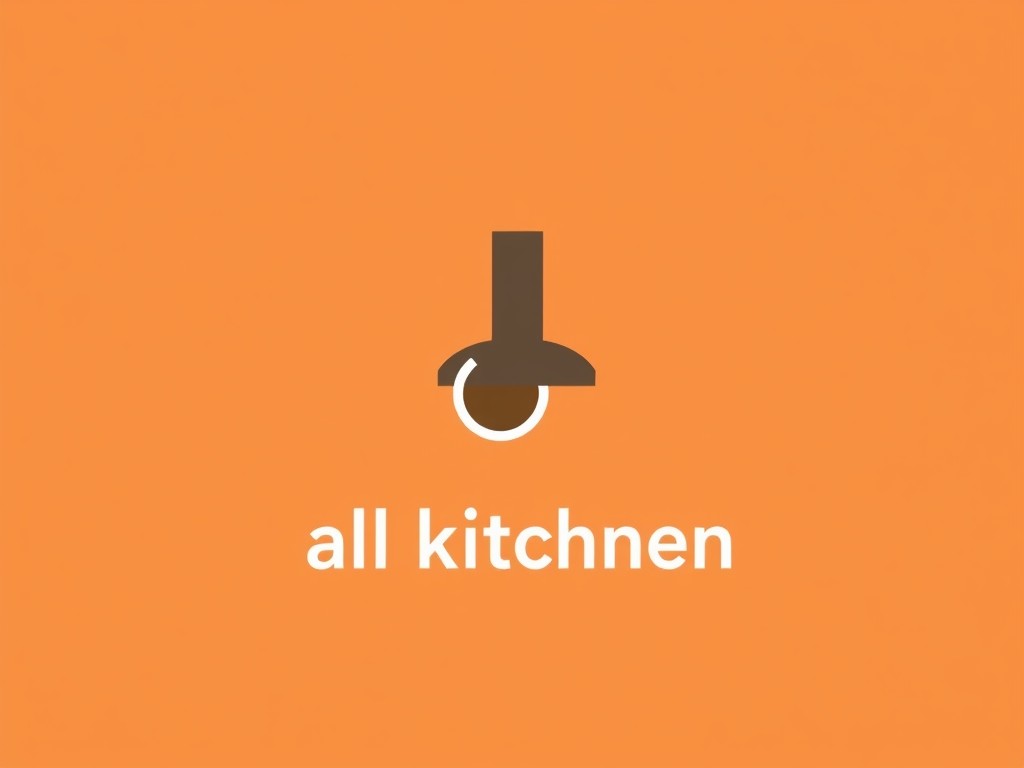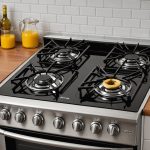Ultimate Guide to the Best Thermal Insulation Options for Kitchen Flooring in the UK’s Colder Areas
When it comes to keeping your home warm and energy-efficient, especially in the colder areas of the UK, the right flooring insulation can make a significant difference. Here’s a comprehensive guide to help you choose the best thermal insulation options for your kitchen flooring.
Understanding the Importance of Floor Insulation
Floor insulation is often overlooked, but it plays a crucial role in maintaining the warmth and energy efficiency of your home. Here’s why it’s essential:
Additional reading : Key considerations for installing a water softener in your uk kitchen: a comprehensive guide
- Heat Loss Prevention: Floors, especially those over unheated spaces like basements or crawl spaces, can be a significant source of heat loss. Proper insulation helps to trap the warm air inside your home.
- Energy Efficiency: By reducing heat loss, you lower your energy bills and make your home more energy-efficient.
- Comfort: Insulated floors are warmer and more comfortable underfoot, which is particularly important in kitchens where you spend a lot of time.
Types of Floor Insulation
There are several types of floor insulation that you can consider, each with its own set of advantages and disadvantages.
Underfloor Heating Insulation
Underfloor heating is a popular choice for kitchen flooring, especially when combined with the right insulation.
Also to see : Key safety tips for installing a gas stove in your compact kitchen
- How it Works: Underfloor heating mats, like those from Living Heat, are installed under your flooring. These mats are designed to be either a primary or secondary heat source and can be easily manipulated around objects[2].
- Insulation Layer: It is crucial to install an insulation layer under the heating system, especially on concrete subfloors, to prevent heat absorption by the concrete.
- Installation: The process involves laying a thin bed of flexible adhesive, followed by insulation boards, the underfloor heating mats, and finally the flooring material like tiles or vinyl.
### Underfloor Heating Mat Build-Up
- Subfloor (wood or concrete)
- 2-4mm bed of flexible adhesive
- Insulation board (6mm, 10mm, or 20mm)
- 3mm underfloor heating mat
- Self-levelling compound or tile adhesive
- Tiles (10mm or as required)
Vinyl Flooring with Insulation
Vinyl flooring is a versatile and practical option that can be combined with insulation for better thermal performance.
- Benefits: Vinyl flooring is easy to install, waterproof, and can mimic various designs. When paired with underfloor heating and insulation, it provides excellent thermal comfort[2].
- Insulation Compatibility: Vinyl flooring is compatible with various insulation materials, including rigid foam insulation boards and underfloor heating mats.
Laminate Flooring with Insulation
Laminate flooring is another popular choice that can be insulated for better energy efficiency.
- Benefits: Laminate flooring is durable, easy to install, and cost-effective. It can be installed over a variety of insulation materials.
- Insulation Options: Laminate flooring can be paired with underfloor heating mats and insulation boards to enhance thermal performance.
Carpet and Underlay Insulation
While carpet is not as common in kitchens, it can still be used in adjacent areas or in homes with suspended timber floors.
- Benefits: Carpet and underlay can provide good insulation, especially in areas with suspended timber floors.
- Limitations: Carpet is not suitable for kitchens due to moisture and spillage concerns, but it can be a good option for other parts of the home.
Best Insulation Materials for Kitchen Flooring
Choosing the right insulation material is crucial for effective floor insulation.
Rigid Foam Insulation
- Advantages: Rigid foam insulation, such as Kingspan or Celotex, offers high thermal efficiency and is easy to install. It is particularly useful for concrete subfloors[3].
- Disadvantages: It can make the wall non-breathable, which may not be ideal for all types of construction.
Mineral Wool Insulation
- Advantages: Mineral wool insulation is versatile and can be used in various applications, including loft insulation and floor insulation. It offers good thermal and acoustic properties[1][5].
- Disadvantages: It can be more expensive than some other options and requires careful handling to avoid skin irritation.
Natural Insulation Materials
- Wood Fibre Insulation: Wood fibre insulation, such as Diffutherm or Pavatex, is breathable and suitable for solid masonry walls. It is mechanically fixed to the wall and then clad with a render[3].
- Sheepwool Insulation: Sheepwool insulation is eco-friendly, biodegradable, and regulates humidity levels. It is an excellent choice for those seeking a sustainable option[1].
Practical Considerations and Installation Tips
When installing floor insulation, several practical considerations and tips can help ensure a successful and efficient installation.
Measuring and Planning
- Measure Your Space: Before purchasing insulation materials, measure your floor area to determine how much insulation you need.
- Check Existing Insulation: If you have existing insulation, check its thickness and condition to decide if it needs to be upgraded or replaced.
Installation Process
- Prepare the Subfloor: Ensure the subfloor is level, clean, and dry before installing the insulation.
- Lay Insulation Boards: Install insulation boards according to the manufacturer’s instructions, ensuring they fit snugly and cover the entire floor area.
- Install Underfloor Heating Mats: If using underfloor heating, lay the mats over the insulation boards, following the manufacturer’s guidelines[2].
Additional Tips
- Seal Gaps and Edges: Use weatherproof tape or beading to seal any gaps around the edges of the insulation to prevent cold air from entering.
- Choose the Right Flooring: Select flooring materials that are compatible with your chosen insulation and underfloor heating system.
Cost and Energy Savings
One of the primary reasons to invest in floor insulation is the potential for significant energy savings.
Cost of Insulation
- Initial Investment: While the initial cost of insulation materials and installation can be substantial, it is a long-term investment.
- Energy Bills: Properly insulated floors can reduce your energy bills by preventing heat loss and ensuring your heating system works more efficiently.
Energy Efficiency
- Reduced Heat Loss: Insulation prevents heat from escaping through the floor, keeping your home warmer and reducing the need for additional heating.
- Environmental Benefits: By reducing energy consumption, you also contribute to a more sustainable environment.
Comparison of Flooring Insulation Options
Here is a comparative table of some common flooring insulation options:
| Insulation Type | Material | Thickness | Thermal Efficiency | Cost | Ease of Installation |
|---|---|---|---|---|---|
| Rigid Foam | Kingspan, Celotex | 20mm – 100mm | High | Moderate to High | Easy to Moderate |
| Mineral Wool | Rockwool, Knauf | 50mm – 200mm | Good | Moderate | Moderate |
| Wood Fibre | Diffutherm, Pavatex | 70mm – 100mm | Good | High | Moderate to Difficult |
| Underfloor Heating | Living Heat | 3mm (mat) | High (with insulation) | High | Easy to Moderate |
| Sheepwool | Thermafleece | 50mm – 200mm | Good | Moderate | Moderate |
Choosing the best thermal insulation for your kitchen flooring is a critical decision that can significantly impact your home’s energy efficiency and comfort. Here are some final tips to help you make the right choice:
- Assess Your Needs: Consider the specific requirements of your kitchen, including the type of flooring, subfloor material, and desired level of thermal efficiency.
- Consult Experts: If you’re unsure, consult with professionals who can provide tailored advice based on your home’s unique conditions.
- Invest in Quality: While it may seem expensive upfront, investing in high-quality insulation materials and proper installation will pay off in the long run through reduced energy bills and a more comfortable home.
By following this guide, you’ll be well on your way to creating a warm, energy-efficient, and comfortable kitchen that you’ll love spending time in, even in the UK’s colder areas.











